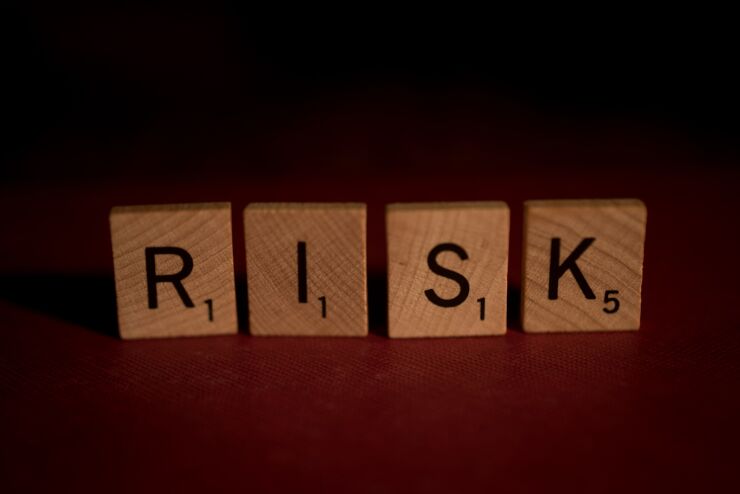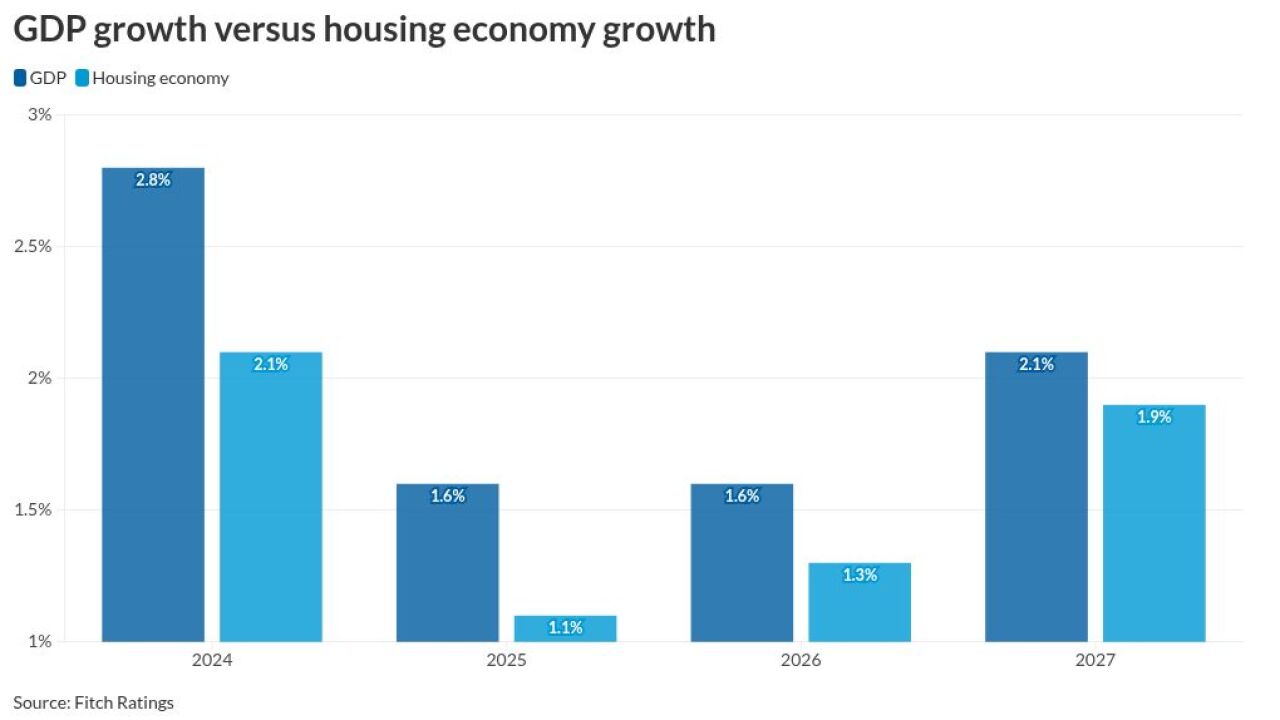The collateralized loan obligation bogeyman is back.
This time it comes in the form of a widely read
Well, no. I don’t want to spend an entire column on a rebuttal (others

The crucial question, then, is whether something is different this time. CLOs at their core are simply bundles of speculative-grade loans, sliced into different tranches, with the lower-rated portions suffering the first losses to protect payments to those invested in the top layer. One of the crucial assumptions behind CLOs is that because the debt is backed by companies of varying size and across disparate industries, the likelihood that all the securities would default at once is highly unlikely. That differentiates them from the CDOs of the past, which, in addition to being more complicated in structure, were exposed entirely to individual borrowers and just one part of the economy: the housing market.
The Atlantic article poses this question, and goes on to give a hypothetical answer:
Meanwhile, loan defaults are already happening. There were more in April than ever before. Several experts told me they expect more record-breaking months this summer. It will only get worse from there.
If leveraged-loan defaults continue, how badly could they damage the larger economy? What, precisely, is the worst-case scenario?
Rather than deal in hypotheticals, I prefer to turn to Moody’s Investors Service, which happened to publish an update on CLO credit quality late last week.
Make no mistake, CLOs are under pressure. Moody’s has placed 77.3% of all U.S. CLO tranches rated B or lower on review for downgrade, along with about 60% of those rated Baa or Ba. A handful of those with the most significant deterioration in their underlying loans could even see their Aa rated portions downgraded. To some, that might seem too close to the triple-A tranche for comfort, even if it’s just 0.8% of the notional amount of the Aa debt.
Still, a downgrade doesn’t equal a default. The fact that not a single top-rated slice is even at risk of a rating cut speaks volumes, considering they collectively make up more than 75% of the notional amount outstanding and are the portions sitting on banks’ balance sheets, both in the U.S. and elsewhere.
Moody’s also casts doubt on whether it will get worse in the coming months. “In recent weeks, the pace of negative corporate rating actions has slowed as our reassessment of ratings based on the shock of the coronavirus and low oil prices has progressed,” analysts led by Peter McNally wrote on June 11. “After the current credit shock materialized in March 2020, the number of global negative rating actions peaked in late March and early April. More recently, these have declined steadily.”
The worst-case scenario, as spelled out by Moody’s, isn’t as dire as it seems. The global 12-month trailing speculative-grade default rate will probably hit 9.5% by March 2021, up from 4.7% last month, and in its pessimistic forecast it’ll reach 16%, higher than at any point in the last 20 years. Drilling down deeper, Moody’s estimates the one-year default rate in the four industries most vulnerable to the coronavirus pandemic with the highest concentrations (on average 1% to 5%) in U.S. CLOs: hotel gaming and leisure, 17.5%; retail, 10.8%; automotive, 15.1%; and durable consumer goods, 15.1%.
Obviously, the next 12 months will be painful for individual holders of those leveraged loans. Moody’s has
Whether speculators face losses is not the question at hand, however. It’s about financial giants like JPMorgan Chase & Co. and Citigroup Inc., two banks flagged as owning $35 billion and $20 billion of CLOs as of March 31, respectively. Setting aside that these are once again absolute numbers, even if Moody’s double-digit default rates over the next year come to pass, investment-grade tranches seem destined to come out unscathed. According to the credit-rating company’s analysis, the cumulative collateral default rate would have to reach 70% to 80% before double-A CLOs take losses, assuming a 60% recovery rate. DoubleLine Capital Chief Investment Officer Jeffrey Gundlach, for one, said on a webcast last week that middle-of-the-capital-structure CLOs were among his picks for most attractive assets, given that he sees a “significant march towards par in their future.”
Certainly, every loan and CLO has its own quirks. Barclays Plc strategists flagged the bankruptcy plans of Acosta Inc. and J.C. Penney Co., which gave CLOs a recovery rate 20 to 30 points lower than other first-lien holders. The problem, they found, was that an aggressive approach from a small group of distressed investors can put CLOs at a disadvantage, in part because many quickly bail on the loans when they’re downgraded, and also because stated investment criteria largely ban purchases of defaulted assets or bridge loans. If this relative lack of flexibility takes a bite out of recovery rates time and again, Moody’s and others may have to reconsider their loss scenarios.
Even still, it’s almost impossible given the evidence to extrapolate widespread losses to the biggest U.S. banks. The Atlantic’s hypothetical stipulates that “later this summer, leveraged-loan defaults will increase significantly,” which goes against the current outlook from Moody’s, and that “holders of leveraged loans will thus be fortunate to get pennies on the dollar as companies default.”
Yes, the equity portions and speculative-grade tranches will face losses. They might even be wiped out entirely. That may seem like a novel concept when the Federal Reserve has taken to backstopping just about all forms of debt, but as S&P Global Ratings has said, that’s just CLOs “working as intended during periods of economic stress.”
There are any number of reasons to fret about America’s recovery from the coronavirus crisis. A repeat financial collapse at the hands of a structured product with a similar sounding acronym isn’t one of them.





